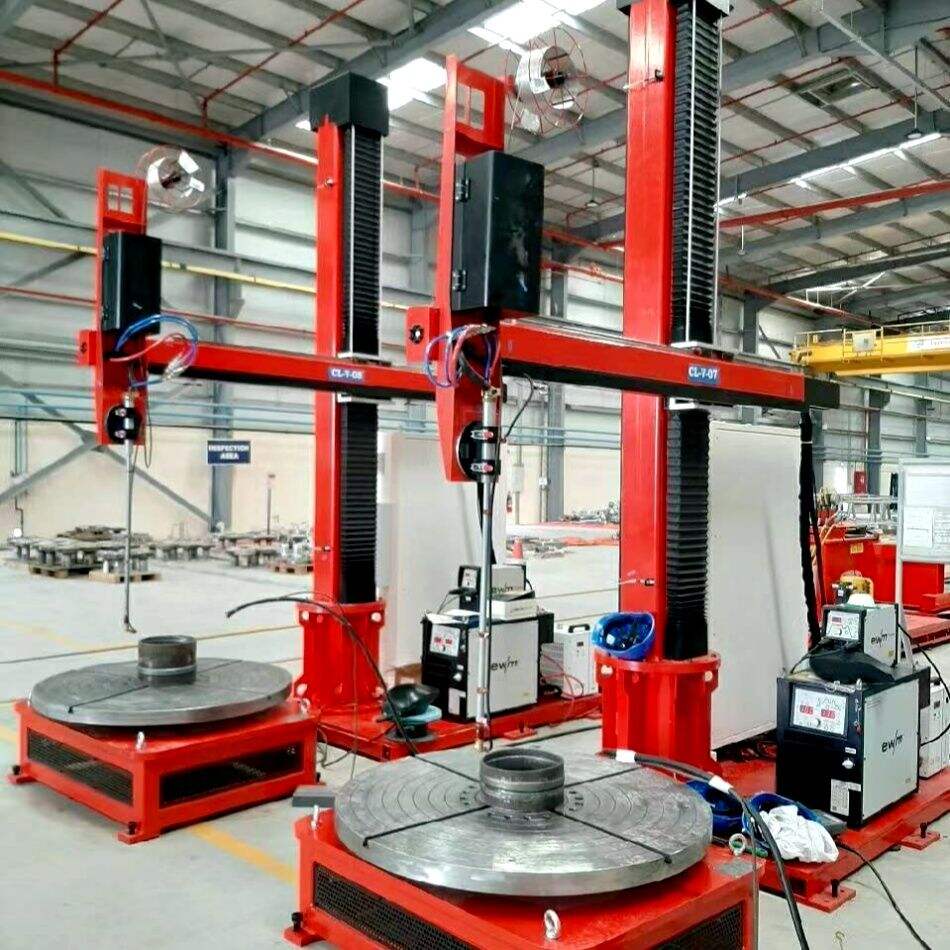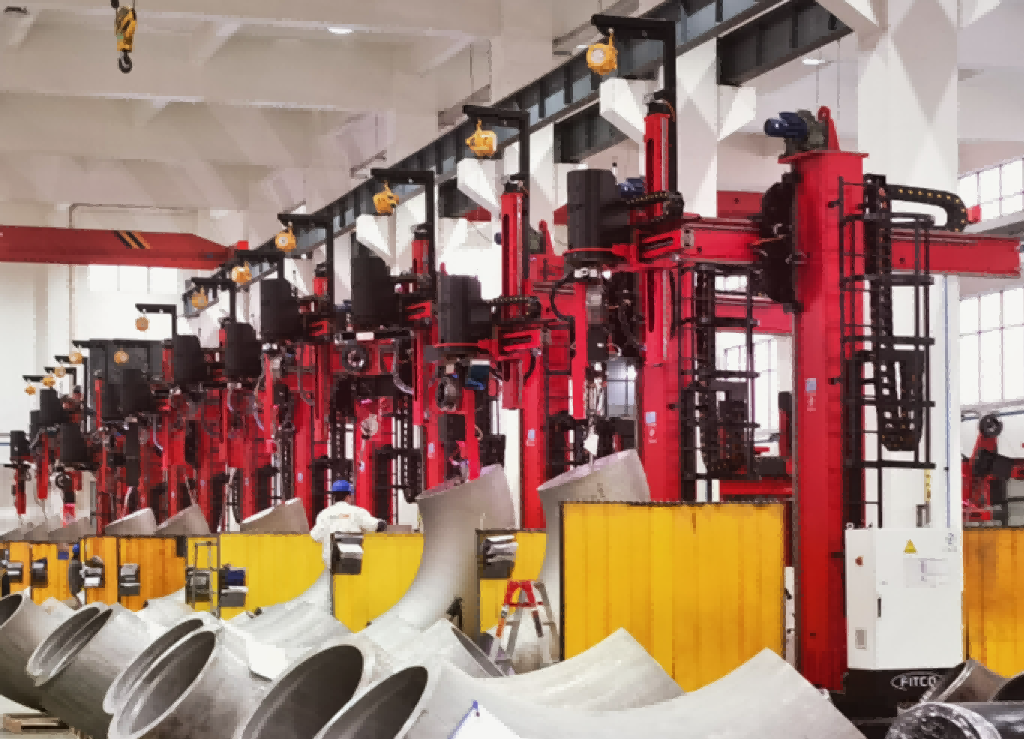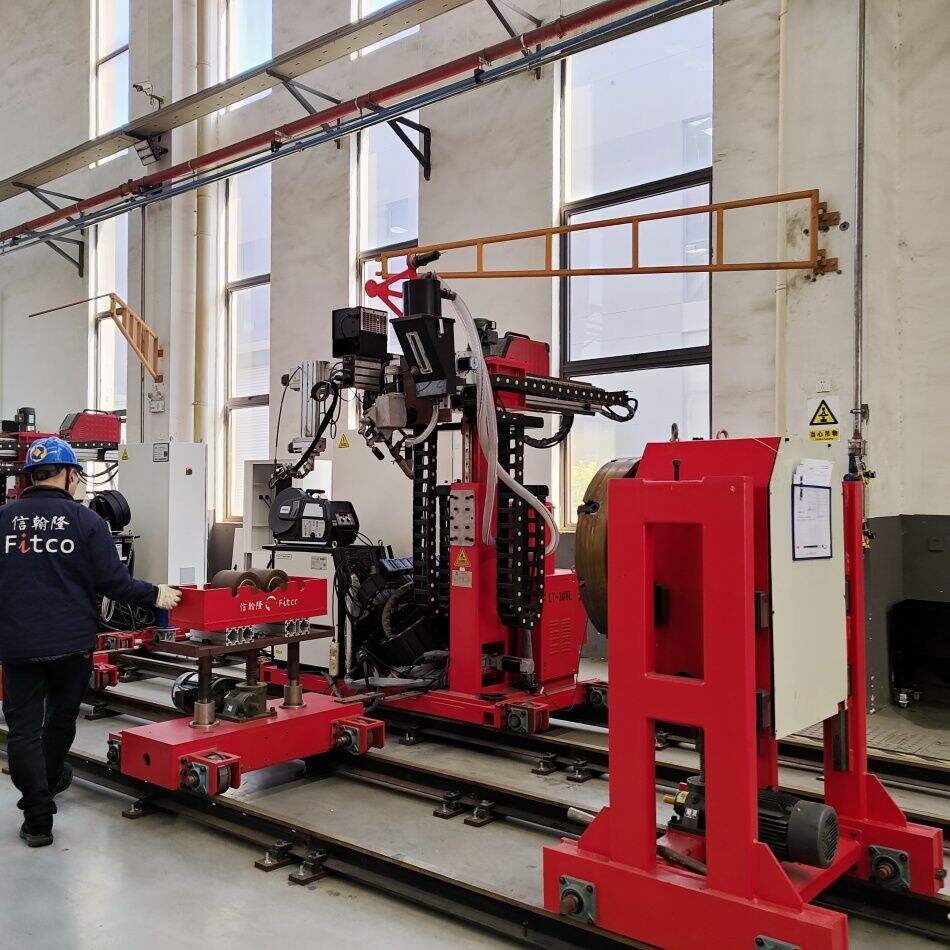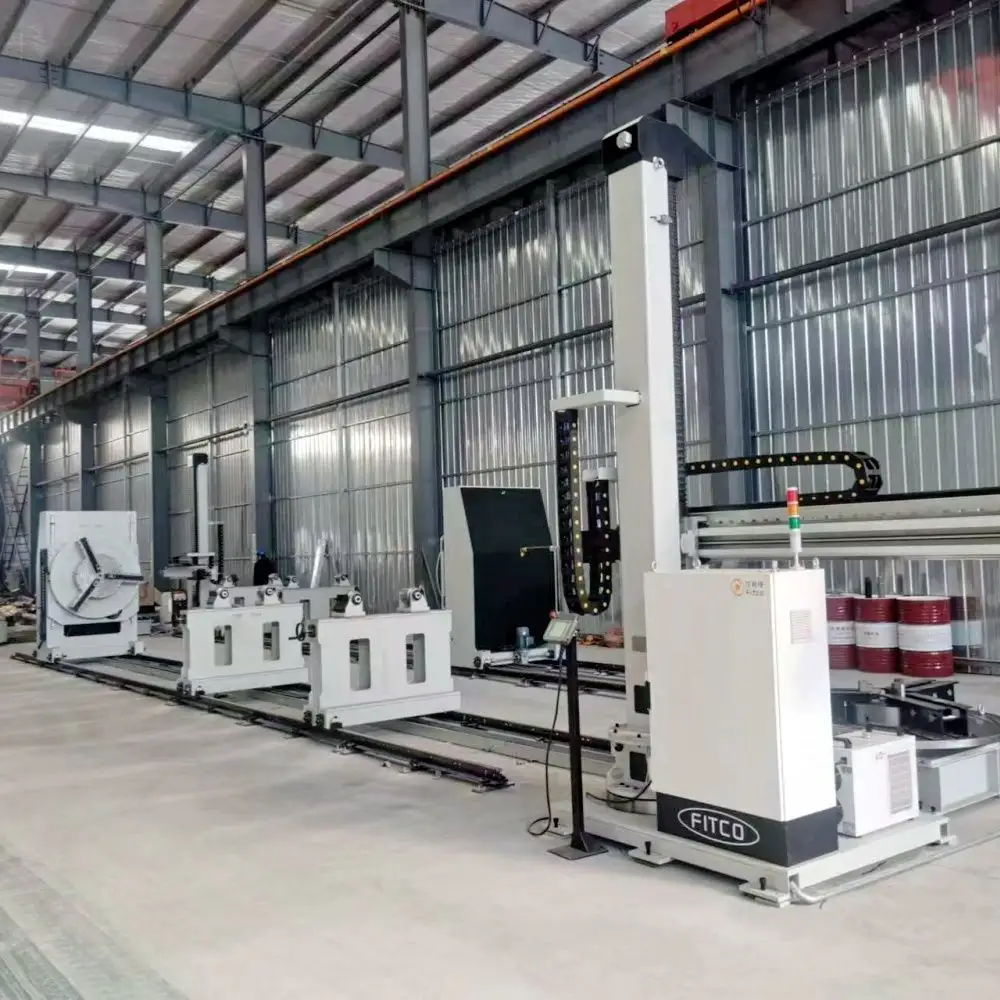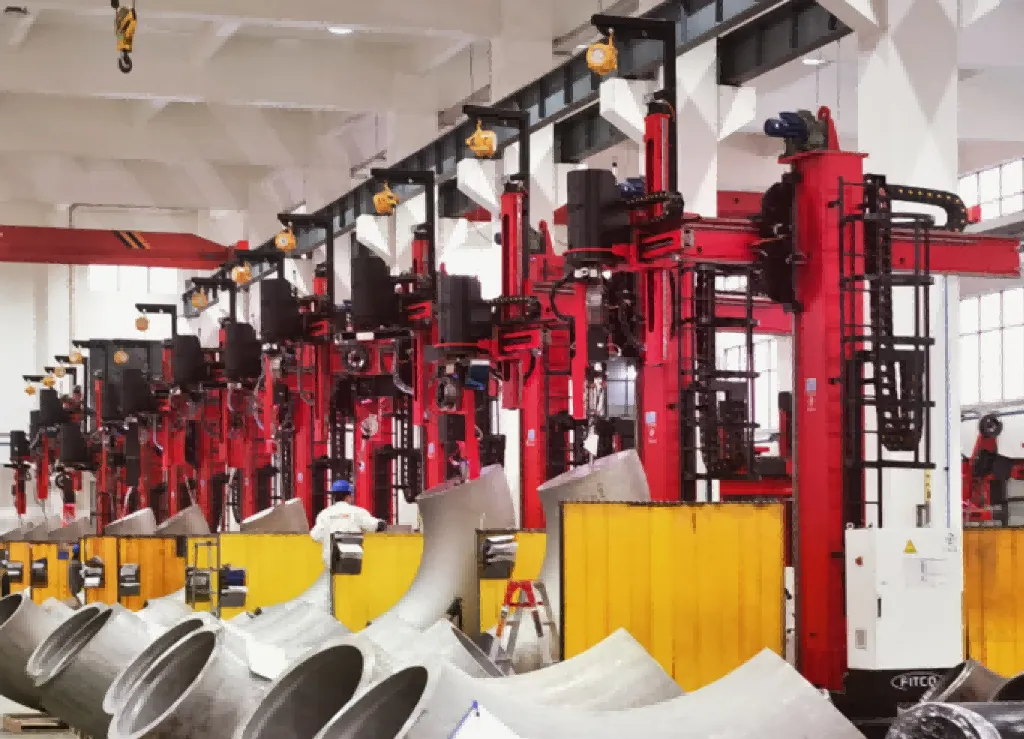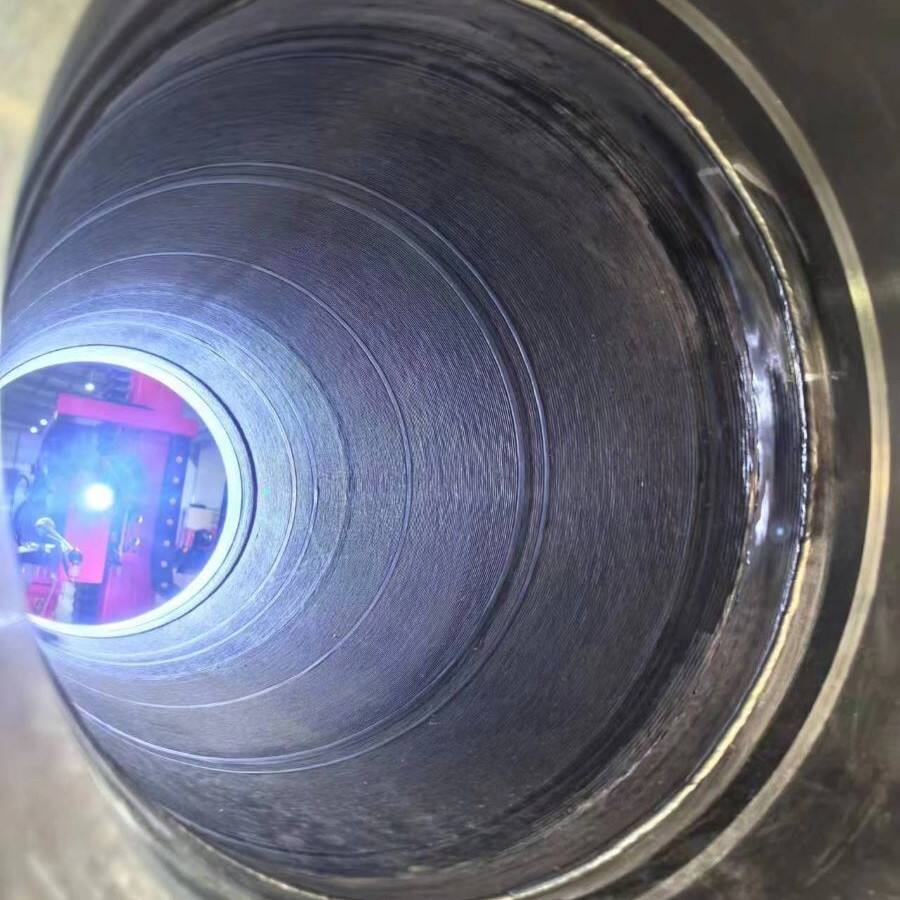compact vertical cladding station
The compact vertical cladding station represents a revolutionary advancement in automated welding technology, designed specifically for efficient overlay welding applications. This sophisticated system combines precision engineering with space-saving design, making it ideal for facilities with limited floor space. The station features a vertical configuration that accommodates various workpiece sizes and shapes, utilizing advanced control systems for consistent weld quality. At its core, the station employs state-of-the-art cladding technology that ensures uniform material deposition and superior metallurgical properties. The system integrates multiple automated functions, including automatic torch positioning, real-time monitoring of welding parameters, and adaptive control systems that maintain optimal welding conditions throughout the process. Its versatile design allows for both internal and external cladding operations, making it suitable for a wide range of industrial applications, from petrochemical components to nuclear power plant equipment. The station's automated features significantly reduce operator intervention while maintaining high-quality standards and increasing productivity. With its robust construction and advanced safety features, the compact vertical cladding station sets new standards in automated welding technology.

 EN
EN
 AR
AR BG
BG HR
HR CS
CS DA
DA NL
NL FI
FI FR
FR DE
DE EL
EL HI
HI IT
IT JA
JA KO
KO NO
NO PL
PL PT
PT RO
RO RU
RU ES
ES SV
SV TL
TL IW
IW ID
ID LT
LT UK
UK SQ
SQ HU
HU TH
TH TR
TR FA
FA AF
AF CY
CY MK
MK LA
LA MN
MN KK
KK UZ
UZ KY
KY